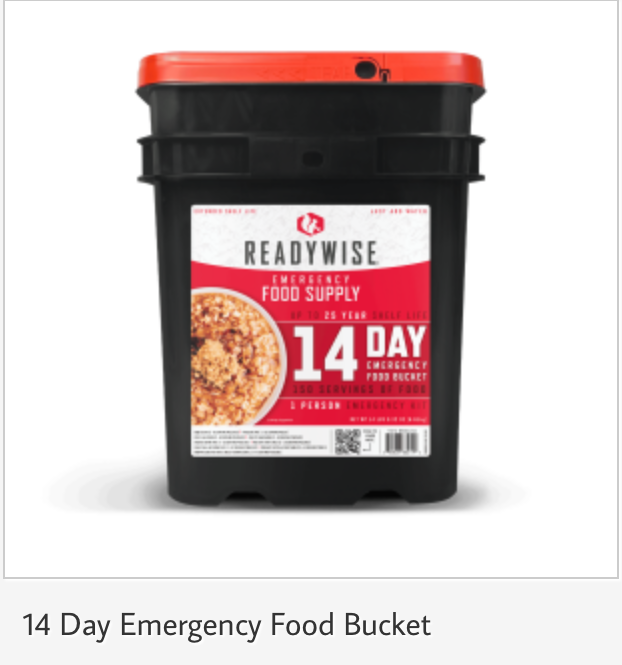When disaster strikes, access to food can become uncertain. Grocery store shelves empty quickly, supply chains are disrupted, and power outages make refrigeration unreliable. That’s why having a well-stocked emergency food supply is one of the most important steps in preparing your household for hurricanes, wildfires, floods, or other emergencies.
At KokosEmergencyProducts.com, we want to help you understand what types of food to store so your family stays safe, nourished, and ready for anything.
Key Features of Emergency Food
When choosing foods for your emergency supply, look for items that are:
- Non-perishable – Long shelf life, no refrigeration required.
- Nutrient-dense – Provide energy, protein, and essential vitamins.
- Easy to prepare – Minimal cooking, little to no water required.
- Compact & lightweight – Easy to store and carry if you need to evacuate.
Best Foods to Store for Emergencies
1. Canned Goods
- Vegetables, beans, and fruit
- Tuna, chicken, or salmon
- Soups and stews
(Tip: Don’t forget a manual can opener.)
2. Dry Staples
- Rice, pasta, oats
- Instant potatoes
- Powdered milk
3. Protein-Rich Foods
- Peanut butter
- Protein bars or meal replacement bars
- Jerky (beef, turkey, or plant-based)
4. Freeze-Dried & Dehydrated Foods
- Backpacking-style meals (just add water)
- Freeze-dried fruits and veggies
- Lightweight and perfect for long-term storage
5. Comfort Foods
- Crackers, granola, trail mix
- Instant coffee or tea
- Chocolate or hard candy (boost morale in stressful times)
6. Special Dietary Needs
- Baby formula and infant foods
- Gluten-free or allergy-friendly options
- Prescription supplements if required
How Much Food Should You Store?
Emergency agencies recommend keeping at least a 3-day supply per person. For added security, many families aim for 2 weeks of food in case of extended outages or delays in relief efforts.
Calculate based on:
- Number of household members
- Dietary needs (children, elderly, medical conditions)
- Pets (don’t forget pet food!)
Storing Your Emergency Food
- Keep in a cool, dry place.
- Rotate stock—use older items and replace with fresh supplies.
- Store water along with food (at least 1 gallon per person per day).
Final Thoughts
Food is more than just fuel in a crisis—it provides comfort, stability, and peace of mind. By stocking up on the right foods, you can ensure your household is prepared to weather any storm.
Explore emergency-ready food kits, water storage solutions, and survival gear at KokosEmergencyProducts.com—your trusted source for preparedness.
Because in an emergency, preparation is survival.


